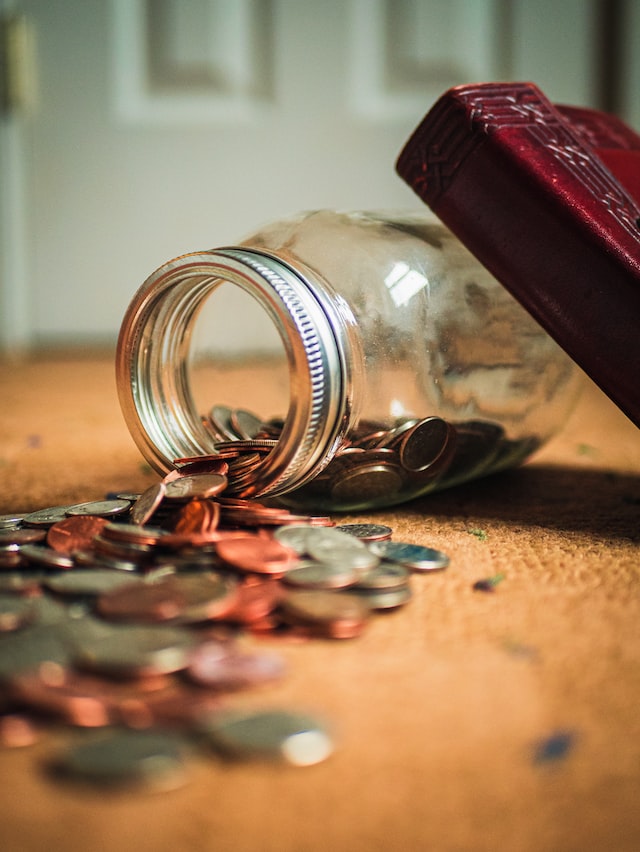
If the balance is too low, checking accounts can have an “insufficient funds” status.
It’s a term used in the banking industry and might be included as a warning on your following statement or receipt.
If there isn’t enough money in a checking account to support a transaction, the report will show as “insufficient funds.”
Recognizing Lack of Resources
Not having sufficient funds in a bank account is a standard banking error that goes by several names (NSF).
Bank accounts will show the inadequate funds status if they are debited for a transaction when their balance is less than the amount being taken out.
Account holders will be notified via a notation on their bank statement or receipt.
Various transactions (such as monetary deposits, withdrawals, electronic bill payments, etc.) might result in this standing.
If A writes a check for $5,000 to B, but only $4,500 is available in A’s checking account, the bill will bounce.
A notice of insufficient funds will be issued to A by the bank where A maintains his account when B attempts to deposit the check.
It’s also known as a bad check or a bounced check.
For a fee, a customer can ask their bank to process a transaction while their account has a negative balance (known as an “overdraft”).
A further illustration has a bank account automatically set up to pay recurring expenses like electricity bills.
Insufficient funds occur when the account does not have enough money in it, yet the utility company continues to try to withdraw payments from it.
Costs Associated with Inadequate Funding
An account with inadequate funds typically results in increased costs for the account holder.
The costs may include overdraft or nonsufficient fund fees.
Therefore, account holders should exercise restraint with their balances in order to prevent incurring such charges.
Costs Associated with Insufficient Funds
When a check payment is presented and declined by the bank, the customer is subject to an inadequate funds fee.
Typically in the United States, the cost ranges from $27 to $35.
Users can prevent these charges by attaching a secondary account to their primary ones, like a credit card or savings account.
Fees for Going over Your Overdraft Limit
Inadequate money can also cause an overdraft fee to be assessed.
Customers can choose to participate in overdraft policies when opening an account or ask their bank for an overdraft when they find themselves in a negative balance situation.
The bank would honor the check and allow the overdraft.
A person with only $100 in his checking account may theoretically pay for his video streaming subscription with an electronic check for $150.
The bank will allow the transaction to proceed, even though it will result in a -$50 overdraft due to the built-in overdraft policy.
Your bank will charge you an overdraft fee if you exceed your limit.
Overdraft lines of credit are available at many banks and can cover overdrawn accounts up to a specific limit.
Specific minimum credit score and credit history criteria must be met by applicants.
Lack of Sufficient Funding and Its Potential Legal Consequences
In addition to incurring additional fees, “insufficient cash” can give rise to legal complications.
It’s possible to face criminal prosecution for issuing many faulty checks or checks for a significant amount.
Lack of sufficient finances may constitute fraud as a criminal offense in several jurisdictions.
In the United States, lousy check reparation programs (BCRPs) handle checks that are returned for insufficient money.
In this program, lawyers in the recipients’ districts can hand out the funds.
Local agencies will pursue check writers to collect the money; in exchange, check writers can stay out of jail.
If the bad check writers can make up the funds within six days, the charges will typically be waived.








